THE GRANADA THEATRE CIRCUIT
PART ELEVEN: THE GRANADA THEATRE WOOLWICH
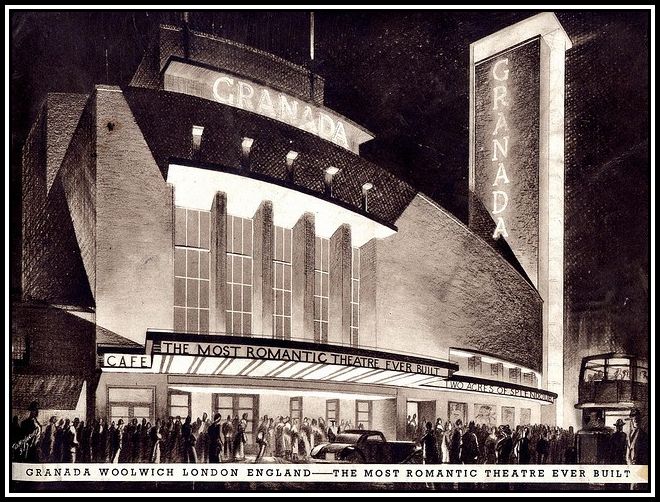 The Most Romantic Theatre Ever Built
The Most Romantic Theatre Ever Built
THE GRANADA THEATRE WOOLWICH
PAGE ONE
The Granada Theatre Woolwich was built on Powis Street where it sat at the centre of a busy and vibrant crossroads in Woolwich. The building was only a stone’s throw from the Woolwich Ferry and from The Royal Arsenal Cooperative Wholesale Society Department Store, the Odeon Cinema and the Royal Arsenal.
——oooOOOooo——
For those readers who might NOT wish to read about these interesting subjects and choose to go immediately to the section dealing with The Granada Theatre Woolwich, please …….
CLICK HERE
——oooOOOooo——
DISCOVERING WOOLWICH FOR THE FIRST TIME
The first and only time I visited Woolwich prior to 2010 was when I was about 10 years old. I had taken the Woolwich Ferry with a friend of mine over to South of the River, as we were interested in trolleybuses at the time and wanted to see the those that were housed at Bexley Trolleybus Depot (BX). BX was the only new garage/depot built specifically to house trolleybuses: all others had once been Tram Depots. At the time, London Transport Executive operated the largest trolleybus fleet in the world and it consisted of a number of buses made by different companies that gave each series a unique look. Those that serviced the Bexley-Woolwich area were of the D2 Class with a chassis and body by Leyland.
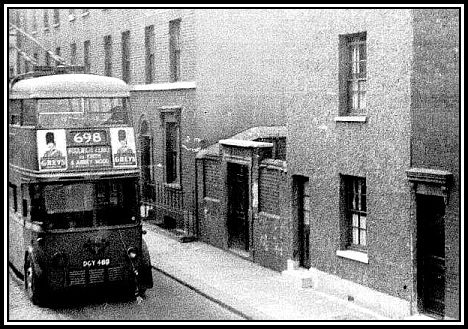 Trolleybus Number 463 on Route 698 seen here on Beresford Street, Woolwich
Trolleybus Number 463 on Route 698 seen here on Beresford Street, Woolwich
and heading towards the Woolwich Ferry
Awaiting permission to reproduce this photograph taken by Dewi Williams
I remember being quite excited to journey on the Woolwich Ferry at this time. Although I was born in London, I had never been on the River before. I found the ferry of great interest, but we were restricted from going where we chose during the journey and the staff made it clear that we were not to creep under the rope across the walkways, which set the restricted areas apart. The service was and still is free and takes about 15 minutes or so to cross from one bank to another. The ferry transports both foot passengers and vehicles in each direction between North Woolwich in the Borough of Newham and Woolwich in the Royal Borough of Greenwich on the South Bank of the River Thames.
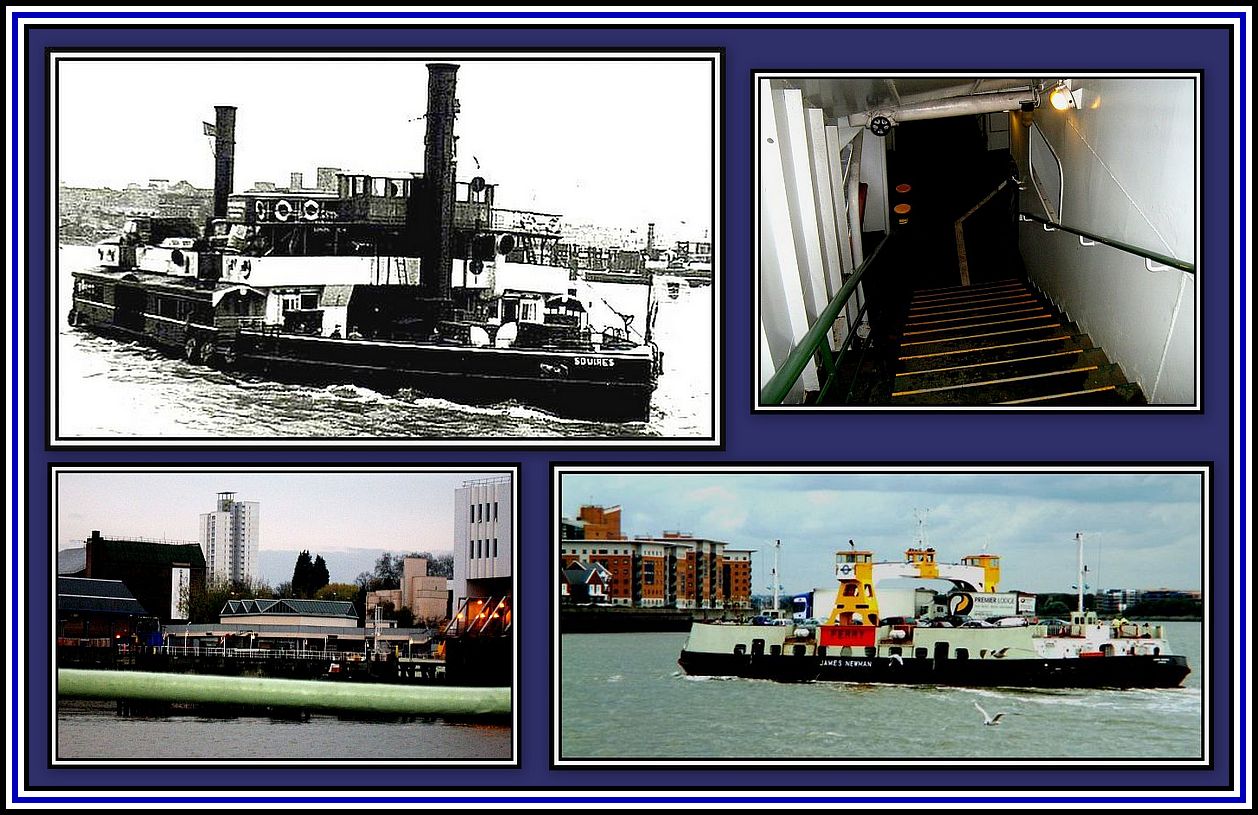 The Woolwich Ferry
The Woolwich Ferry
Top Left: ferry built in 1923; Bottom Right: replacement ferry introduced in 1963
A ferry service has existed here since the 14th Century. The need for a cross-river service increased over the years and became of great importance once the Royal Arsenal was built in Woolwich. At one time, a ferry service was operated by the Army. The modern day service was introduced on 23rd March, 1889 and the current ferries entered service in 1963.
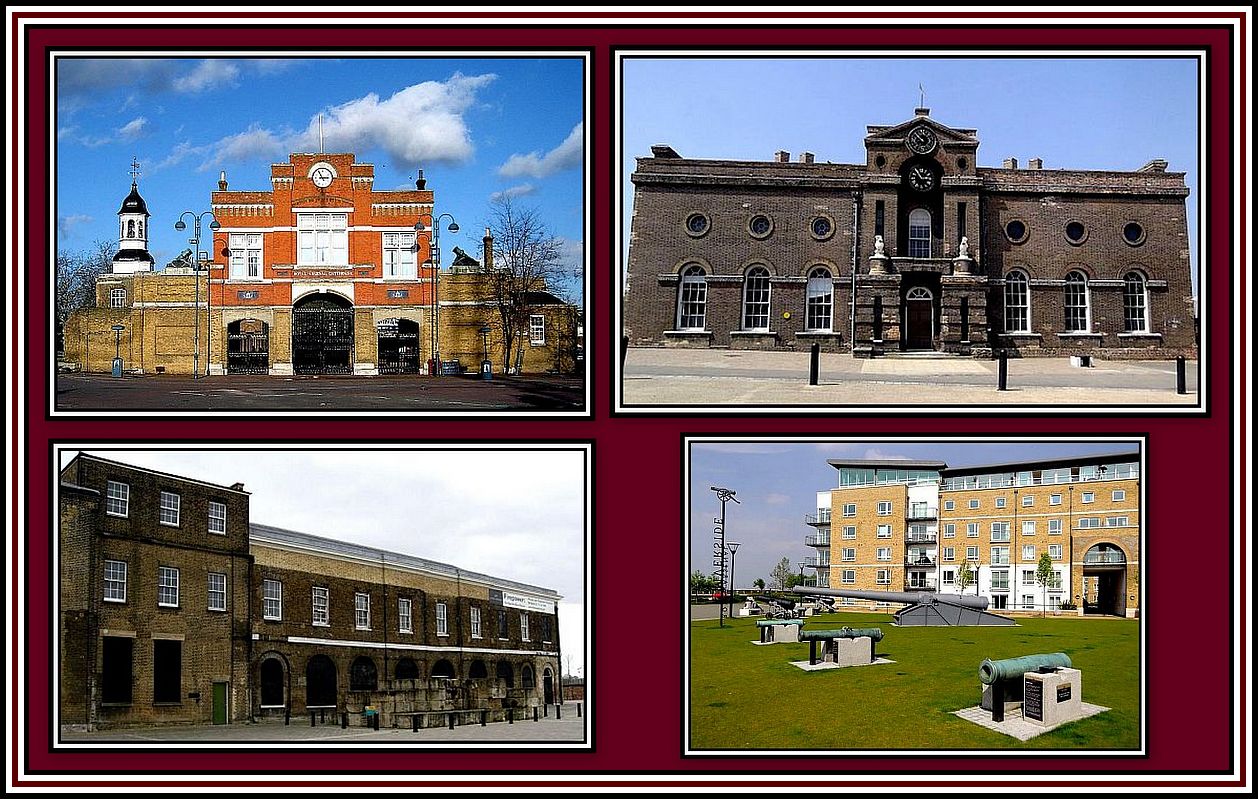 Royal Arsenal Woolwich
Royal Arsenal Woolwich
Top Left: the Old Gatehouse; Top Right: the original Royal Military Academy Building;
Bottom Left: work building;
Bottom Right: modern housing The photograph of the Old Gatehouse was taken by ‘Fin Fahey’.
All other photographs were taken by David Holt .
Originally known as the Woolwich Warren, the Royal Arsenal was the Armed Services’ site for production and testing of ammunitions from the late 17th Century until 1994.
The site has since been redeveloped as a park and for housing.
It is of interest to note that the two areas, North Woolwich and Woolwich, are also linked by the Woolwich Foot Tunnel. This connection is open 24 hours each day, but tends to be used more whenever the ferry service is not functioning.
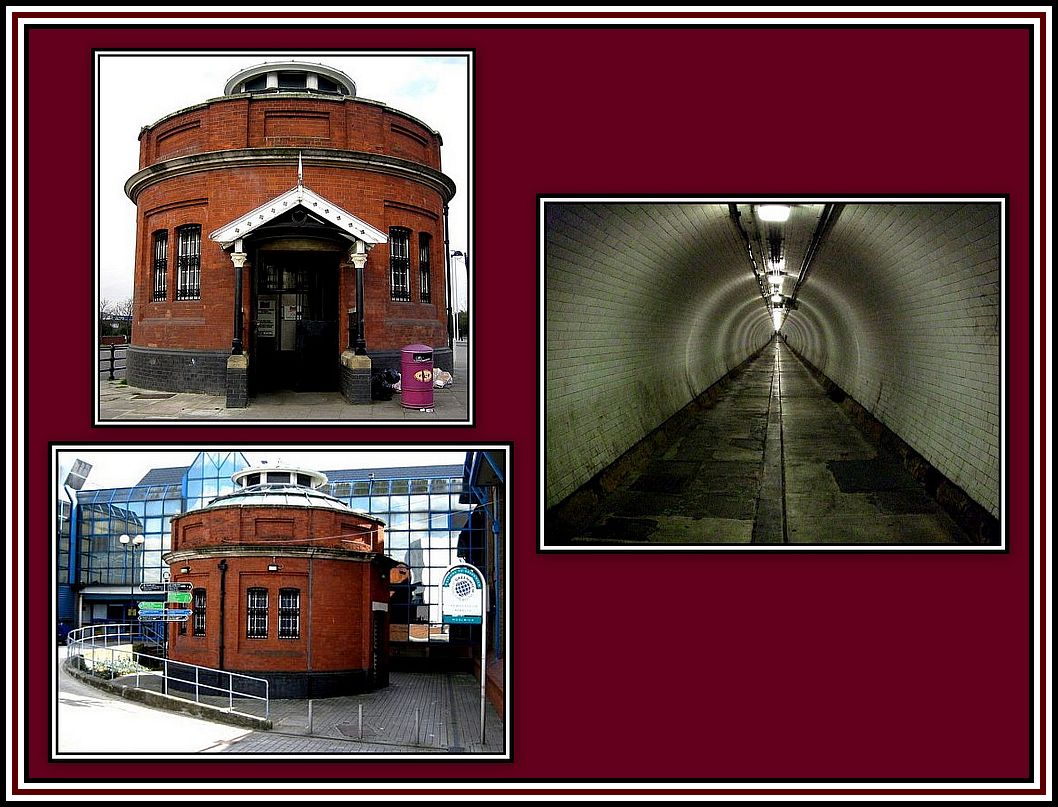 The Woolwich Foot Tunnel
The Woolwich Foot Tunnel
Top Left: Northern Entrance; Bottom Left: Southern Entrance; Right: the Tunnel
The tunnel was opened in 1912 and its building owes much to the Labour M.P., Will Crooks,
who also had one of the ferry boats built in 1930 named for him.
The tunnel is 504 metres long and both entrances are Grade II listed buildings.
I am sorry to say that during this first visit, my interest was limited to the Woolwich Ferry and the trolleybuses. As a result, I failed to give the other sites of Woolwich no more than a fleeting glance.
Unfortunately I have no memory of either the Odeon Cinema or the Granada Theatre. However I did notice that during our ride to Bexley, we passed a number of food emporia with a long name ….. Royal Arsenal Cooperative Society.
 The Motto of the Royal Arsenal Cooperative Society was Each for all and all for each.
The Motto of the Royal Arsenal Cooperative Society was Each for all and all for each.
Before the Co-Op gave a Dividend, it rewarded with tokens (Bottom)
I failed to appreciate the significance of either the name or the company operating these shops. I also failed to grasp why the word Arsenal was part of the name. At this stage of my life, Arsenal meant the football team and that meant North London! I had no idea that the team was first formed by workers at the Royal Arsenal, Woolwich and, as a result, also failed to appreciate the significance of the team’s nickname, The Gunners. But then it needs to be remembered that I came from the East End of London and that territory belongs to The Hammers!
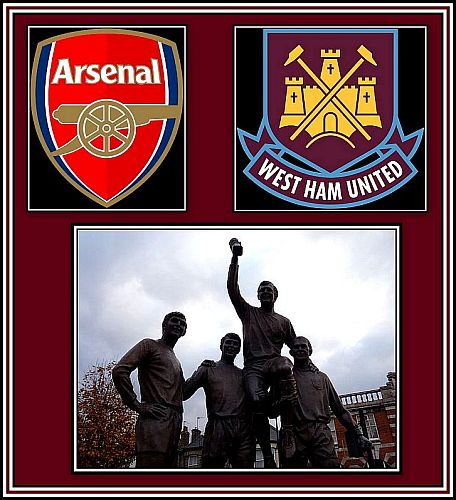 Arsenal F.C. and West Ham United F.C. Crests
Arsenal F.C. and West Ham United F.C. Crests
Bottom: The Champions Statue, Barking Road, showing
(left to right) Martin Peters, Geoff Hurst & Bobby Moore of West Ham F.C.
with Ray Wilson (Everton) in 1966 after winning the World Cup
——oooOOOooo——
WHAT’S YOUR DIVI (DIVIDEND NUMBER)? …… 28304!
EACH FOR ALL AND ALL FOR EACH
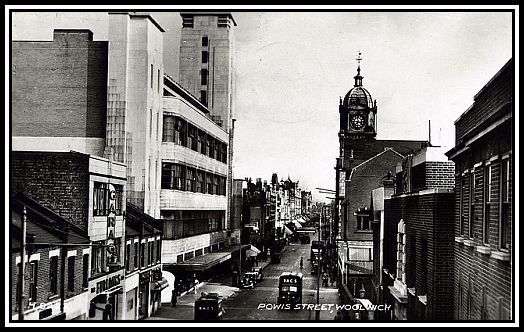 Powis Street, Woolwich – 1951
Powis Street, Woolwich – 1951
This postcard was provided by Matt the Londoner
Just a short distance from the erstwhile Granada-Gala on Powis Street stands the once glorious, but now empty and decaying building that once housed a branch of the Royal Arsenal Cooperative Society (RACS).
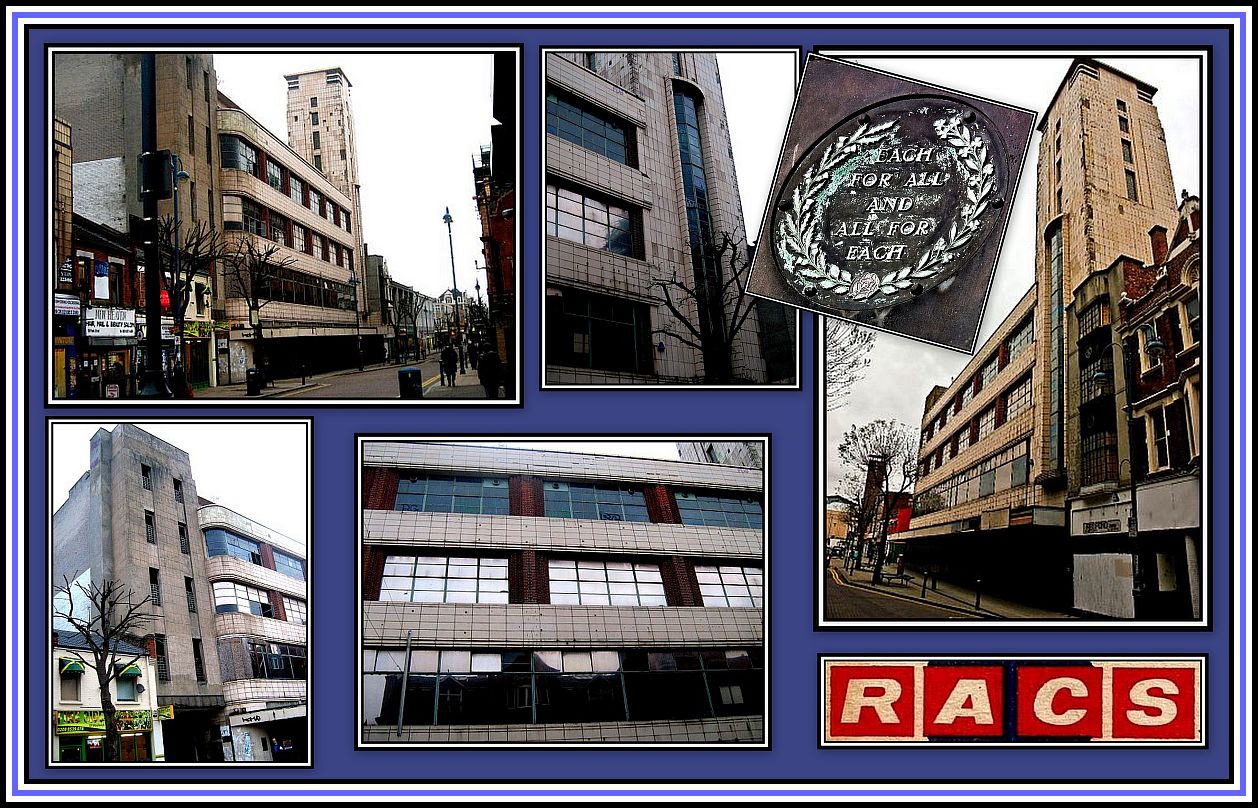 The abandoned Royal Arsenal Cooperative Society building on Powis Street
The abandoned Royal Arsenal Cooperative Society building on Powis Street
The RACS was but one of a number of Co-Operatives that were formed throughout Britain during the middle and late nineteenth century. The origin of the RACS may be traced back to 1868 when 20 workers at the Royal Arsenal in Woolwich established a supply association in Plumstead.
This association became the Royal Arsenal Cooperative Society (RACS) in 1872 and grew into a successful organisation that involved itself in a multitude of commercial, social and political activities in addition to supplying good food products at reasonable prices. Over the years, the RACS opened outlets in other areas of South London and also in the South of England. Although there were a number of other Cooperative Societies formed throughout Britain, the RACS was always one of the more political and had the motto, Each for All and All for Each.
The society employed a Political Secretary, published magazines and newspapers and housed Basque refugees from the Spanish Civil War. The RACS supported the campaign for working-class political representation and affiliated itself directly with the Labour Party and not the Co-operative Party, as was more usual for such societies.
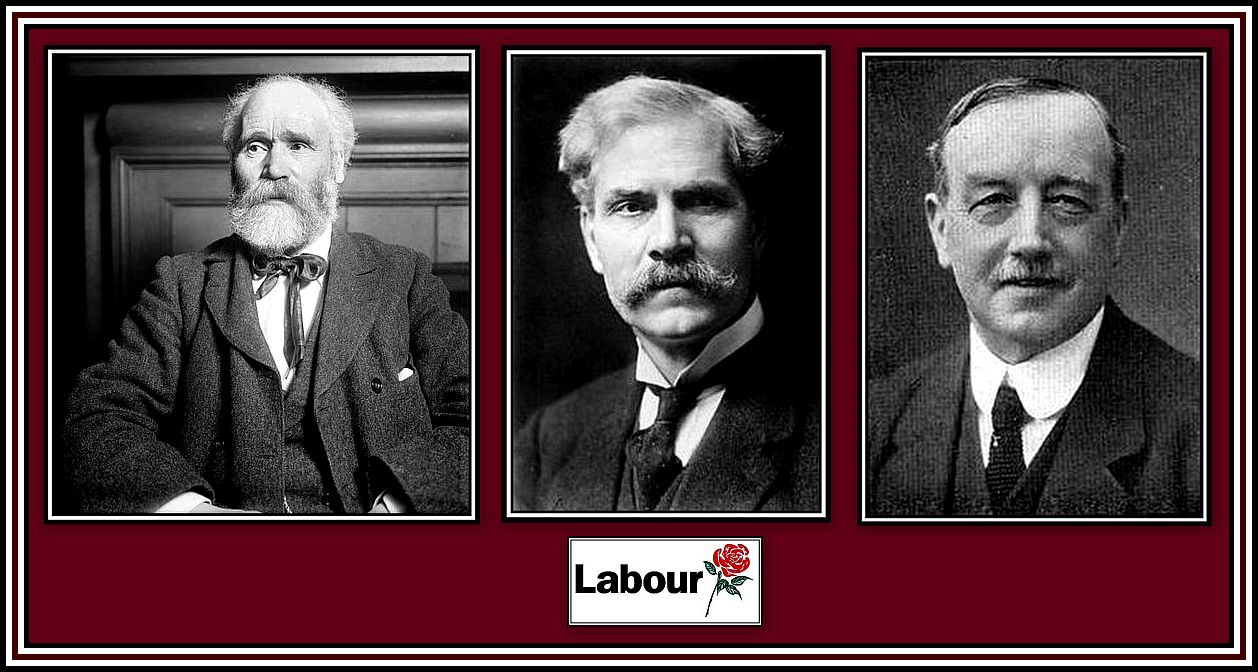 The Founders of the Labour Party
The Founders of the Labour Party
Left: Keir Hardie (1856-1915), the first Labour M.P. (West Ham South in the East End)
Middle: Ramsay MacDonald, the first Labour Prime Minster in 1924 and 1929-1931 &
the National Government Prime Minister, 1931-1935
Right: Arthur Henderson (1863-1936, Leader of the Opposition 1931-1932 and
Nobel Peace Prize Laureate in 1934
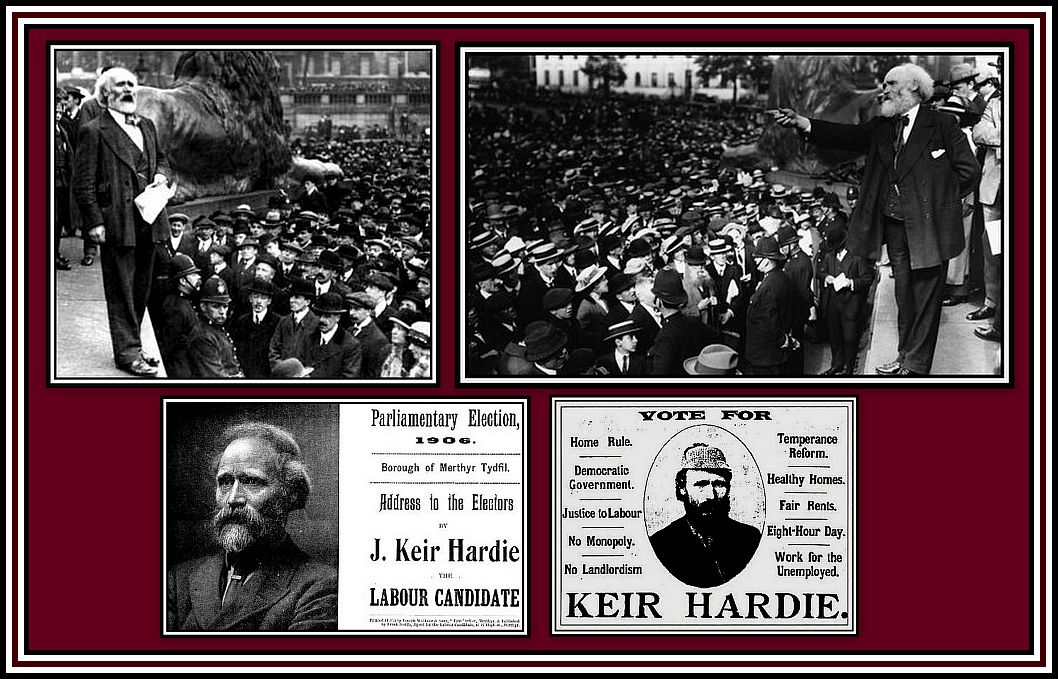 In 1908, Keir Hardie resigned as leader of the Labour Party and was replaced by Arthur Henderson.
In 1908, Keir Hardie resigned as leader of the Labour Party and was replaced by Arthur Henderson.
He spent the rest of his life campaigning for votes for women with
Sylvia Pankhurst, self-rule for India and an end to Apartheid in South Africa.
It was common practice for Cooperative Societies such as the RACS to pay members a dividend in proportion to their spending with the society. A record of monies spent was noted at first by the handing out tin tokens to customers, which was later replaced by the recording of a Dividend Number, or Divi, and finally by giving trading stamps.
Which of us who have now reached retirement age can not recall the family Dividend Number? I shudder when I recall going to the Co-Op grocery store in Langley Village during pre-supermarket days and waiting for what seemed like hours to be served by grumpy salespeople who took an eternity to serve a customer. They seemed to have two speeds of movement when asked to slice some ham, cut a piece of cheese from a wheel on a marble slab by means of a long piece of wire or weigh a couple of rashers of bacon …….. slow and stop. One needed the patience of a saint when one shopped in those days! Finally once it was my turn, I gave each request and once complete, I paid and gave the server our Divi.
—ooOoo—
The RACS building on Powis Street was constructed in 1938 and is of an interesting design with Art Deco touches. Exactly when the stores closed is a question of debate, but it is believed to have happened in the early 2000’s. Sadly, it now sits empty and seems to have been left to decay. I am told by the Archives at the Greenwich Heritage Centre that the building is to be demolished, but I have also heard that any redevelopment that occurs will maintain the facade. I do hope so, but we will have to see what happens.
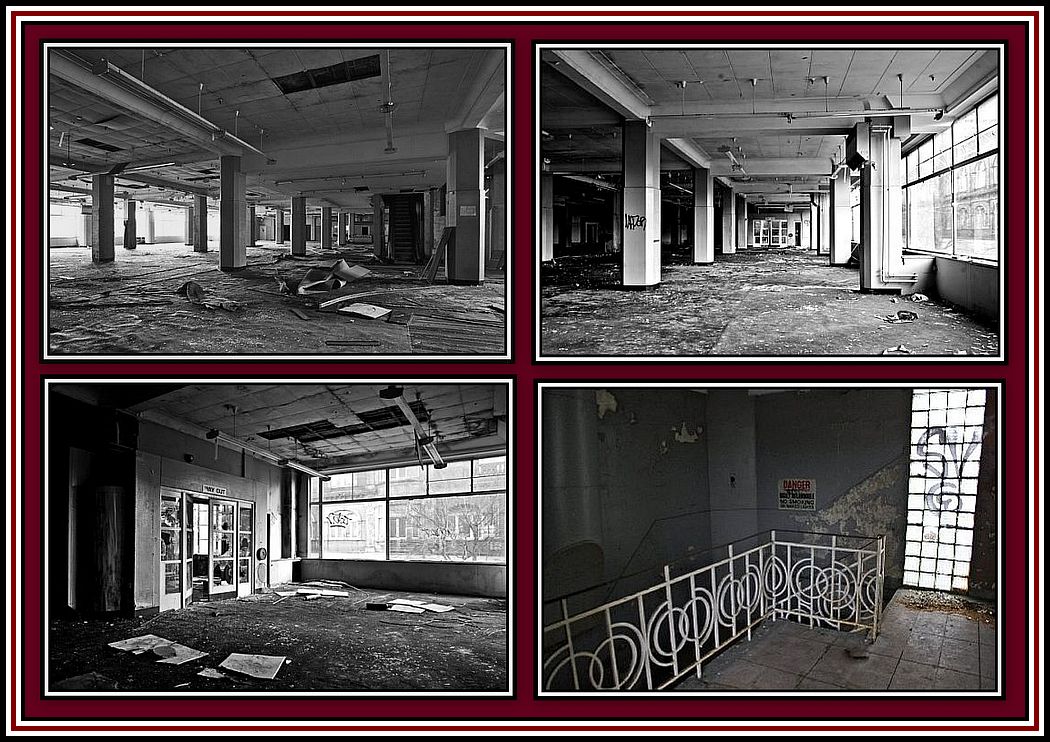 The RACS Building on Powis Street – now abandoned
The RACS Building on Powis Street – now abandoned
These photographs appear on the Abandoned Britain website where others may be found
Awaiting permission to reproduce these photographs
—ooOoo—
YOU’VE COME A LONG WAY, BABY!
At school, I studied British Economic History and we plunged deeply into The Rise of Socialism and spent much time discussing The Cooperative Societies of Britain. Naturally I got the impression that all such Co-Op Societies were aligned with The Labour Party, however recently I learned that many were not, and many were associated with The Conservatives.
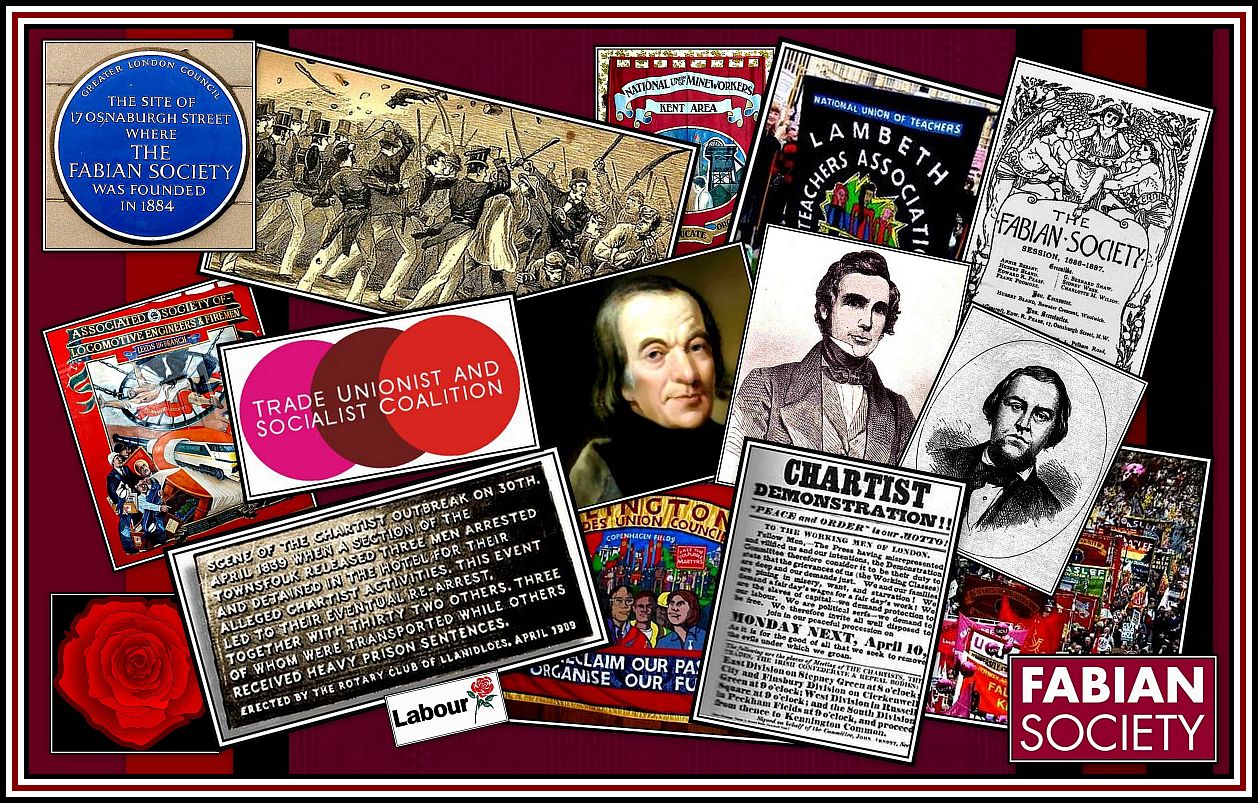 The Rise of Socialism in the United Kingdom
The Rise of Socialism in the United Kingdom
Robert Owen (centre; 1771-1858; one of the founders of the Co-Operative Movement),
Chartism (1838-1848), The Fabian Society & The Trade Union Movement
Anyway, at school we learned The History of Co-Op and its need in society and their value. The Co-Op’s roots were formed early in The Industrial Revolution and went further back than 1844 with the establishment of the Rochdale Society of Equitable Pioneers. The Pioneers proposed the eight Rochdale Principles that included profit sharing according to purchases, later to be commonly known as THE DIVI.
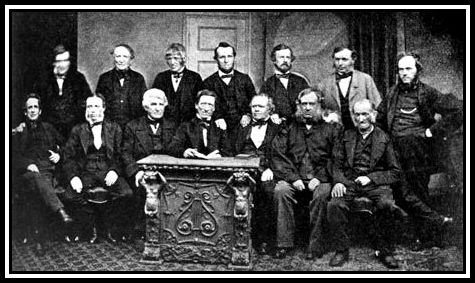 The Rochdale Pioneers – 28 in number
The Rochdale Pioneers – 28 in number
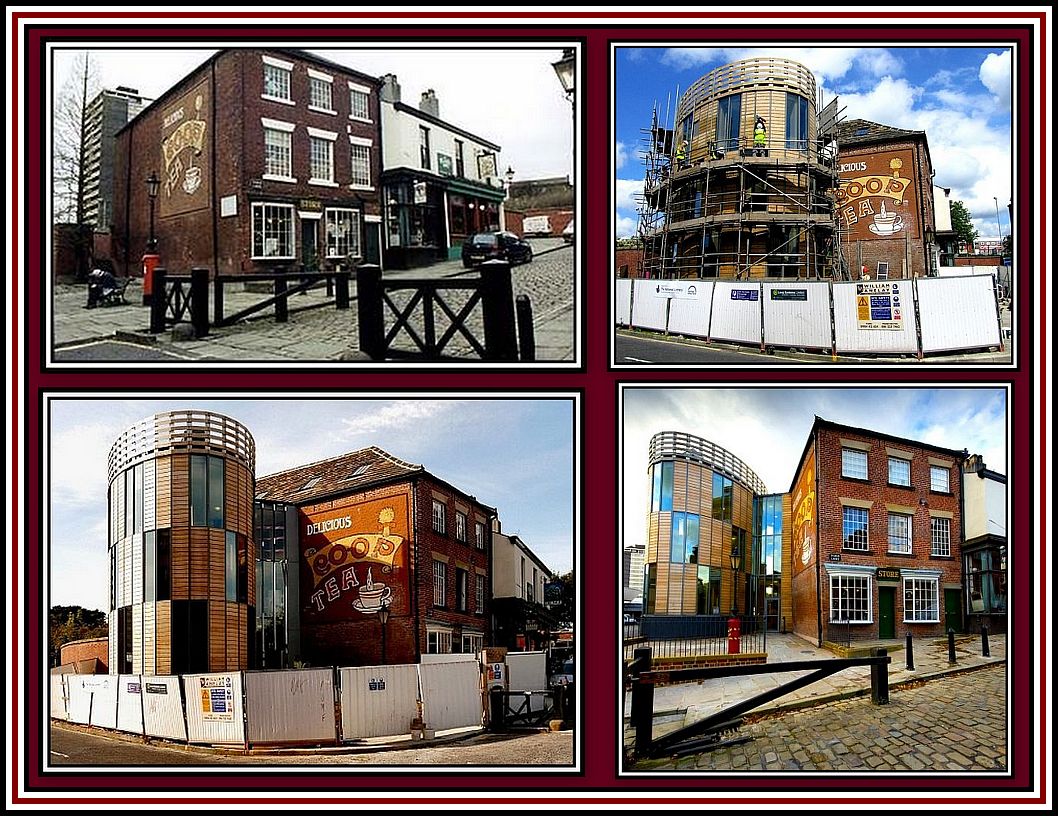 The Pioneers Museum at The Rochdale Equitable Pioneers Society
The Pioneers Museum at The Rochdale Equitable Pioneers Society
The pioneers opened their first store at 31 Toad Lane and operated it here until 1867.
It became a museum in 1931
Top Left: the original store-museum
The other photographs show the building of the museum extension
In 1863, the North of England Cooperative Wholesale Industrial and Provident Society Ltd was launched in Manchester when three hundred individual cooperatives in Yorkshire and Lancashire joined forces and became known as the Cooperative Wholesale Society (CWS). Over the decades, other cooperative societies joined the CWS and its presence was everywhere throughout the U.K. However, time moved on and things needed to change in order to compete in the marketplace.
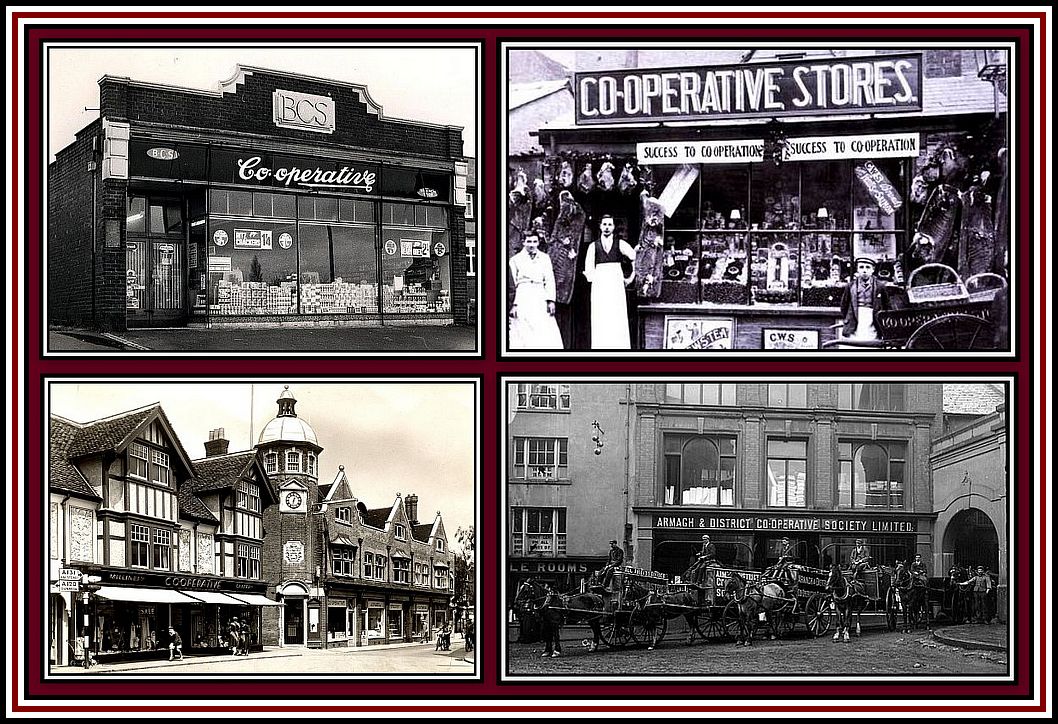
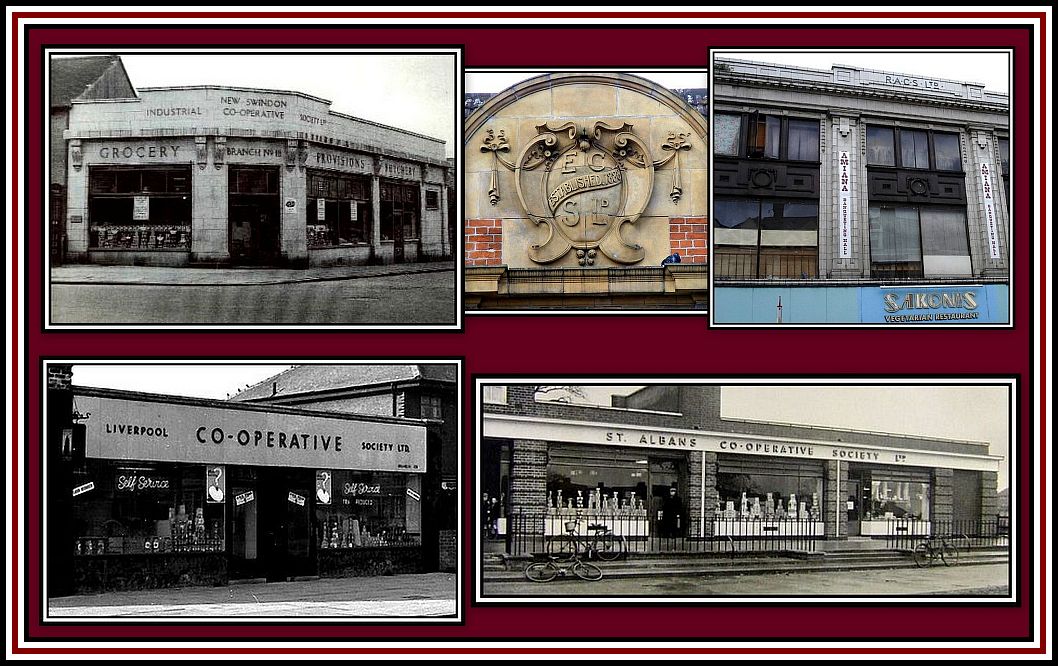 Old Co-Ops From Around the Country
Old Co-Ops From Around the Country
By the 1970s, the Co-Op Societies were less viable as retail outlets, which was reflected in a steady decline in their profit margins. At this time other retail chains were developing national networks and were able to benefit from the economies of scale that could be had by making such a move.
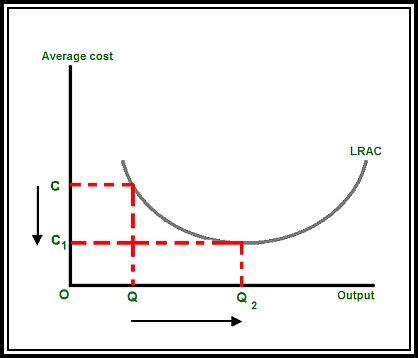 Economies of Sale
Economies of Sale
As the quantity of production increases from Q to Q2,
the average cost of each unit decreases from C to C1.
In 1985, Co-Op membership had fallen to a dramatic low although profits had improved somewhat thanks to the stores being open to all comers. In order to compete with other chains, the RACS and other societies merged with the CWS to form a joint company, also known as CWS to be based in Manchester. Despite changes, by the 1990s, CWS was in trouble and the sales were down. The Market asked if the Co-Op was still relevant in the climate of the day?
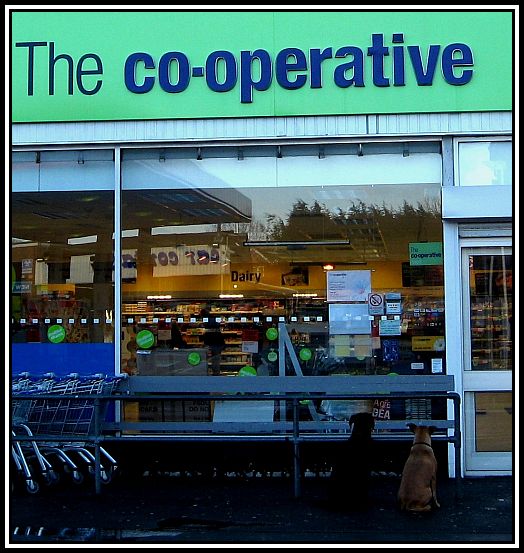 Despite the trend , some members remained loyal to the Co-Op
Despite the trend , some members remained loyal to the Co-Op
In business terms, the Co-Op seemed no longer to be viable and was sinking fast. Membership was at an all-time low. However, the Co-Op battled on and underwent numerous mergers and various adaptations and integrations that led to its reinvention to form a company more in step with business trends and customer wants and demands.
By the mid-1990s, the divi had all but disappeared since it was a drain on the company’s limited resources. In keeping with other national companies, the Group, as it became known in 2001, decided to introduce a loyalty card scheme, but which proved to be merely a way of gaining information on customer purchase and not leading to a divi. But in 2006, the Cooperative Group relaunched the divi, which it now called Cooperative Membership, but which still enabled the member to earn a share of the profits.
As the French say: plus ça change, plus c’est la même chose – the more things change, the more they stay the same! And the French should know!
In 2001, CWS underwent a name change and became known at The Cooperative Group. At present, the Group seems prepared to recognise the need for severe measures and also the need of restructure when necessary. Such a policy is exemplified by the the problems suffered by its Banking Group in May 2013. When it was found to have insufficient capital, the Group divested itself of its insurance interests and begun a restructuring of the Banking Group in order to put it on a firmer footing. Today, the Cooperative Group operates in a variety of business niches including banking, pharmacies, funeral services, motor cars, travel, legal agencies etc etc etc …………. and also in food supplies.
At present, Cooperative Membership is doing well and includes many young members. As of 2011, the Group has twenty-two independent consumer cooperative owners. However, despite a number of positives, the Co-Op does seem to lurch from one difficulty to another, as the news of November 2013 testifies.
It is somewhat amusing to note that even Bob Dylan smiles favourable on the Co-Op. He is not known for allowing his songs to be used in advertisements, but he has allowed his song, Blowin’ In The Wind, to be used by The Group (be aware that it is only towards its end of the video that it becomes evident that it was made for the Co-Op).
Question: I wonder if they gave Bob a Divi?!!!
I am sure that the Rochdale Pioneers might not recognise The Co-Op of today when comparing it with their own, but, they have to remember that although the divi is back, The Times, they are always a-changing.
——oooOOOooo——
THE ODEON-CORONET CINEMA & GATEWAY HOUSE
Just across the way from the Granada Theatre on John Wilson Street, is the former Odeon-later-Coronet cinema building with its intriguing architecture. The unique art deco style was the work of George Coles, the preferred architect of Oscar Deutsch’s Odeon Circuit. The cinema opened in October 1937 with a presentation of The Gang Show with Ralph Reader and provided, in the stalls and balcony, approximately 1,800 seats.
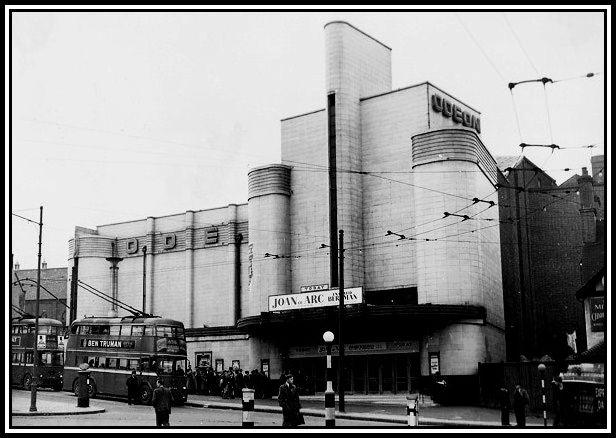 The Odeon Cinema Woolwich (1949)
The Odeon Cinema Woolwich (1949)
The building was apparently most spectacular at night when it was illuminated with neon lighting.
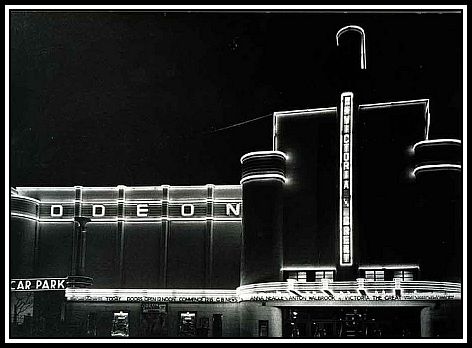 The Odeon Cinema Woolwich by night
The Odeon Cinema Woolwich by night
This photograph is reproduced with the permission of towell_p
The site of the Odeon Cinema used to mark the terminus of several trolleybus routes that served the area and went on to Bexley and Bexleyheath. Like many cinemas, the Odeon Woolwich suffered in the late 1950s and 1960s from declining ticket sales thanks to the increasing popularity of television. ln order to increase revenue, many cinemas began to offer alternative forms of entertainment including rock ‘n’ roll stage shows and wrestling bouts. I can find no evidence that any such events occurred at the Odeon Woolwich.
Presumably in order to make the interior of the Odeon appear more appealing to patrons, it was modernised in 1964. This meant removing most of the original Odeon decoration and sadly turning the foyer and auditorium into very plain spaces.
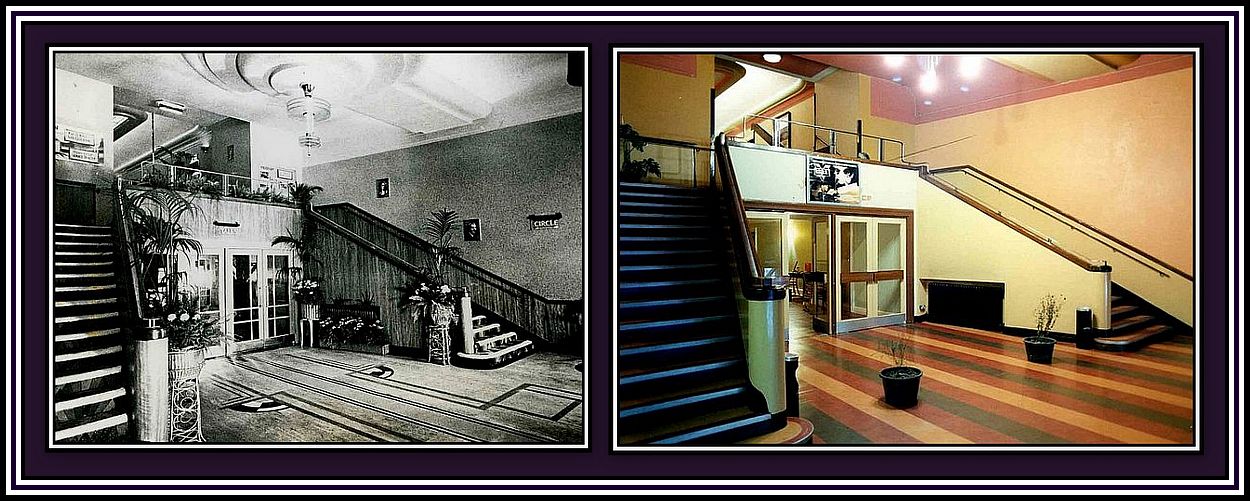 The Odeon Foyer (Left) and The Coronet Foyer (Right)
The Odeon Foyer (Left) and The Coronet Foyer (Right)
These photographs appear with permission of dusashenka
The Odeon closed in October 1981 and remained empty until 1983 when Panton Films, an independent film exhibitor, took over the building. The cinema was twinned in 1990 using the balcony and rear stalls only. I am unable to learn what the owners did with the front stalls. Both twinned cinemas closed in June 1999.
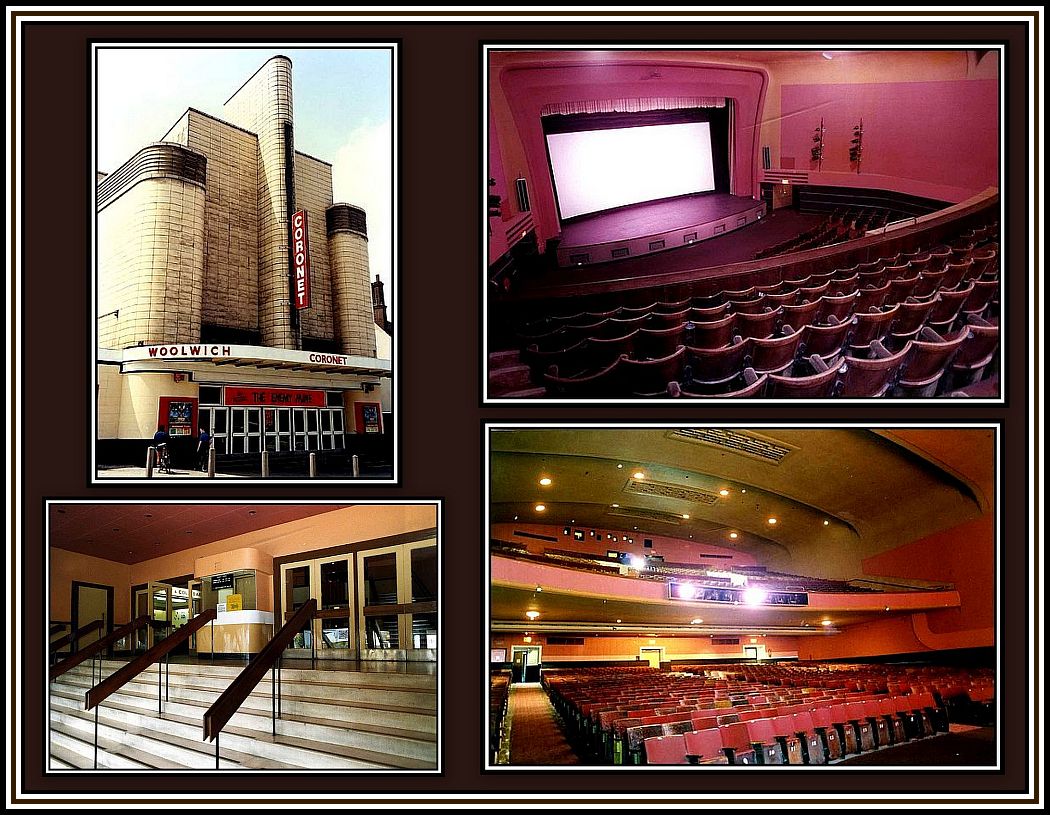 The Coronet Cinema Woolwich (1984)
The Coronet Cinema Woolwich (1984)
Left: Top, exterior view; Bottom, box office in outer foyer
Right: Top, stage from the circle Bottom: auditorium from the stage
These photographs are reproduced with the permission of the photographer, dusashenka
In 2001, the erstwhile Odeon-Coronet Cinema was taken over by the New Wine Church and renamed Gateway House.
—ooOoo—
Today, sadly both Powis and John Wilson Streets have been reduced to mere traffic thoroughfares and are no longer streets where people went to enjoy a night out or else go shopping for the family in the once impressive building owned by the Co-Op or in Cuffs Department Store.
-oOo-
Readers can TWEET their LIKES & DISLIKES to me at
or
make comments on the Website’s FACEBOOK PAGE
or
consider leaving a Comment below.
——oooOOOooo——
Click here to continue to
PAGE TWO: THE GRANADA THEATRE WOOLWICH
——oooOOOooo——
Click here to continue to
PAGE THREE:
THE SOUVENIR BROCHURE of THE GRANADA THEATRE WOOLWICH
——oooOOOooo——
Click here to go to PART TWELVE:
THE SLOUGH GRANADAS & MISS CANDY
——oooOOOooo——
Click here to return to PART TEN: STARTING A CIRCUIT
——oooOOOooo——
Click here to return to PART NINE: THE GRANADA THEATRE TOOTING
——oooOOOooo——
Click here to go to PART THIRTEEN: THE END OF AN ERA
——oooOOOooo——
Click here to return to THE GRANADA THEATRE CIRCUIT
Home Page
——oooOOOooo——
Click here to return to the TABLE OF CONTENTS
——oooOOOooo——

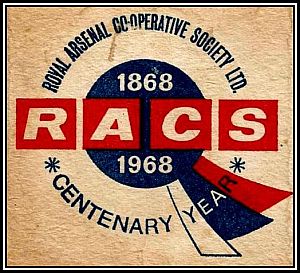
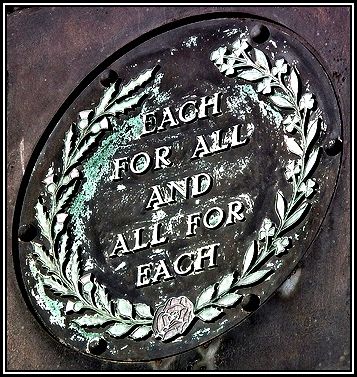
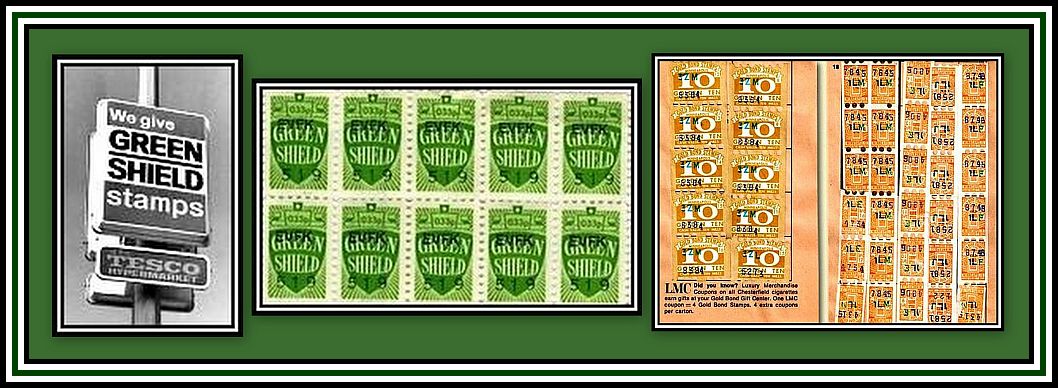


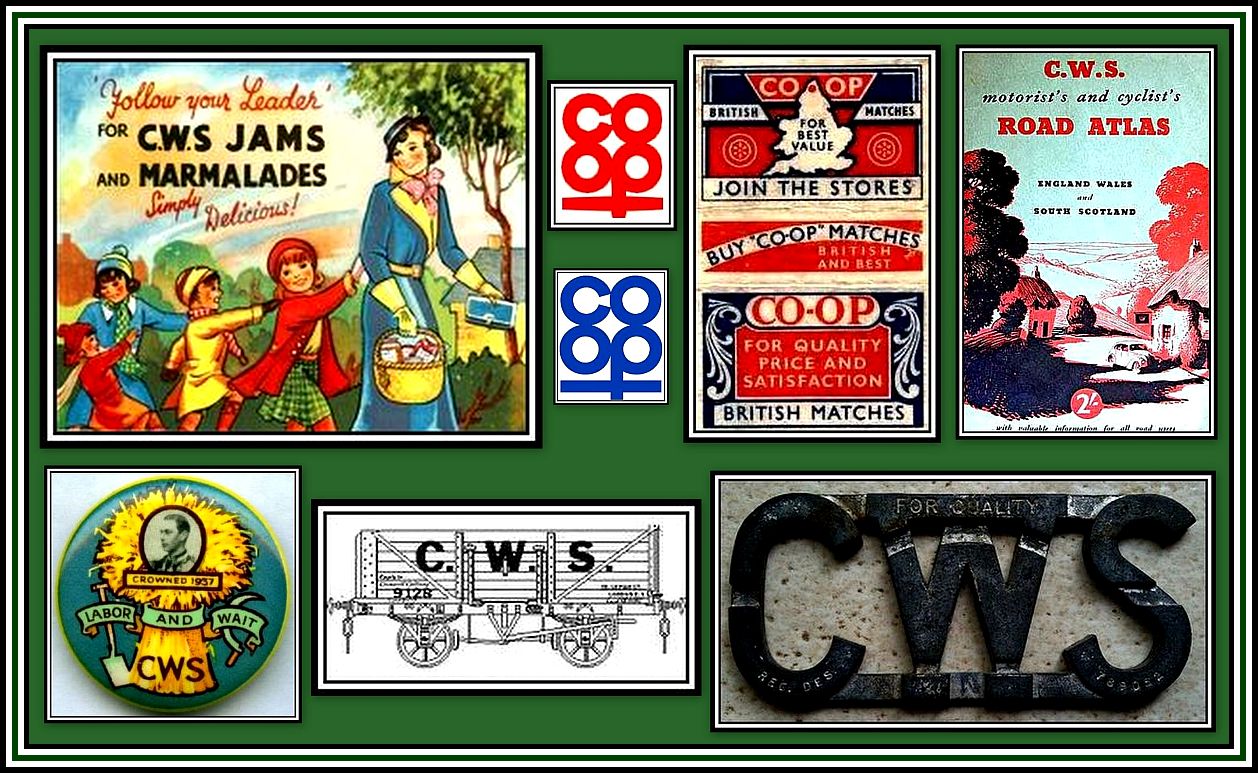

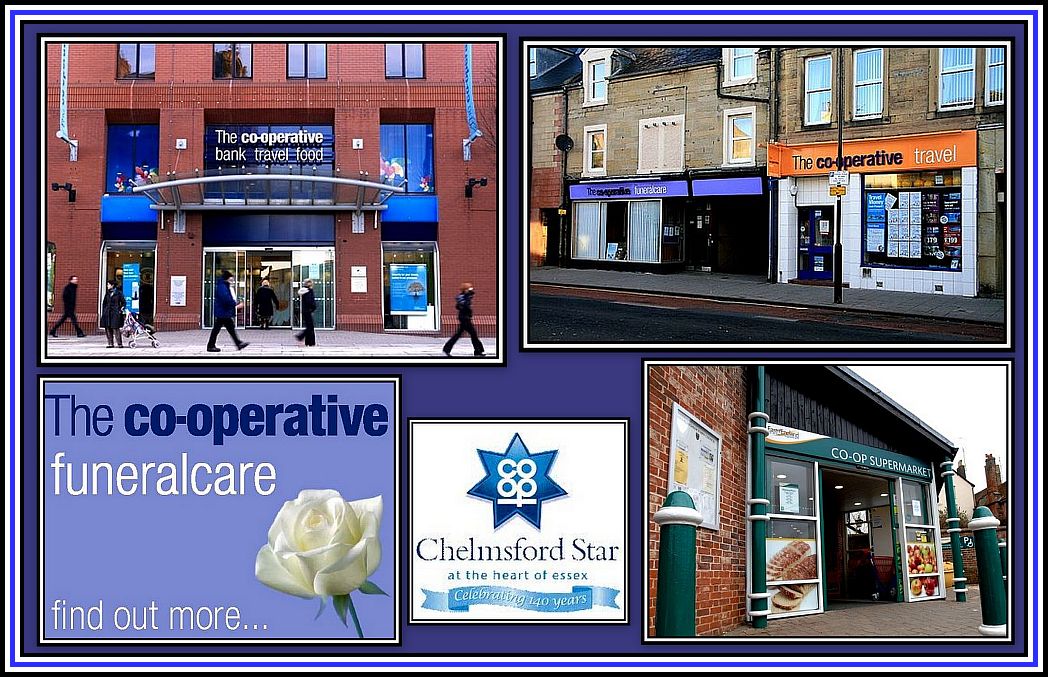


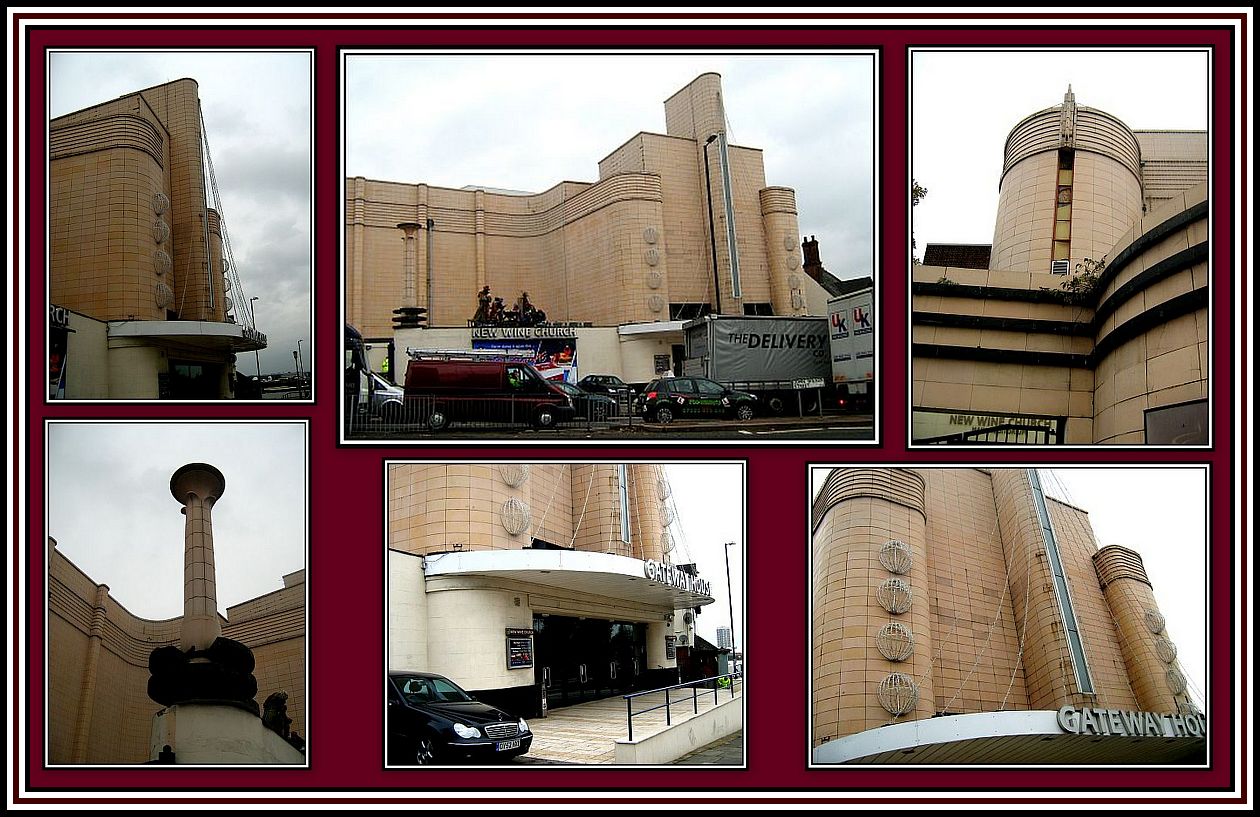

When I married, in 1968, we bought all out furniture from the RACS department store in Lewisham. This was (and still is) a beautiful Art Deco building with large relief panels set high in the structure depicting modern transport at that time. As I sit writing this in my dining room, the Ercol furniture we bought to start our married life is still providing good service to us.
where could I get a hard copy of this book. I live in Solihull. I was also seconded to Woolwich Odeon for 10 week, twice daily, 1st wave release of The Sound of Music , circa 1968 . It is still there very much as in your pictures and owned? by a church group as also The Granada opposite.
I also know the Adelphi Slough, which s still there and just recently sold by Slough Council who owned it in recent years as a Borough asset to raise funds to aid the Council rate bills. I believe it was bought by Asians to convert in to a function suite, who immediately painted the auditorium all white.